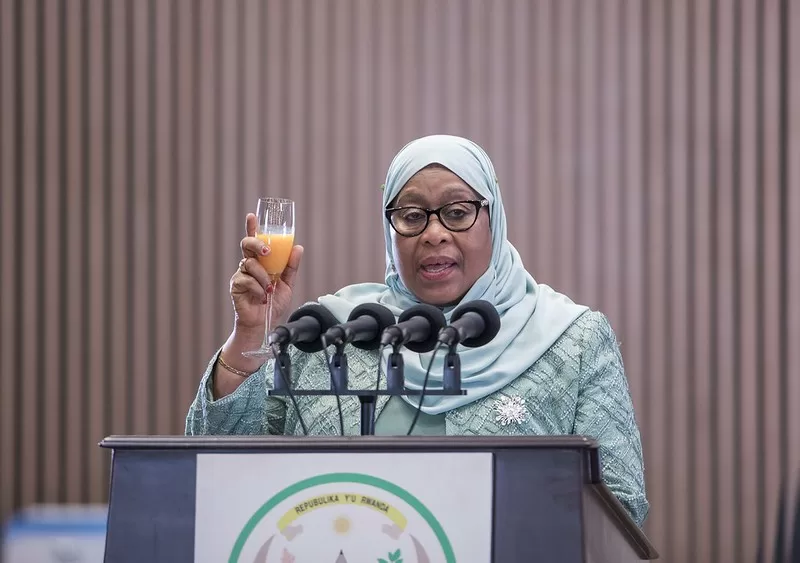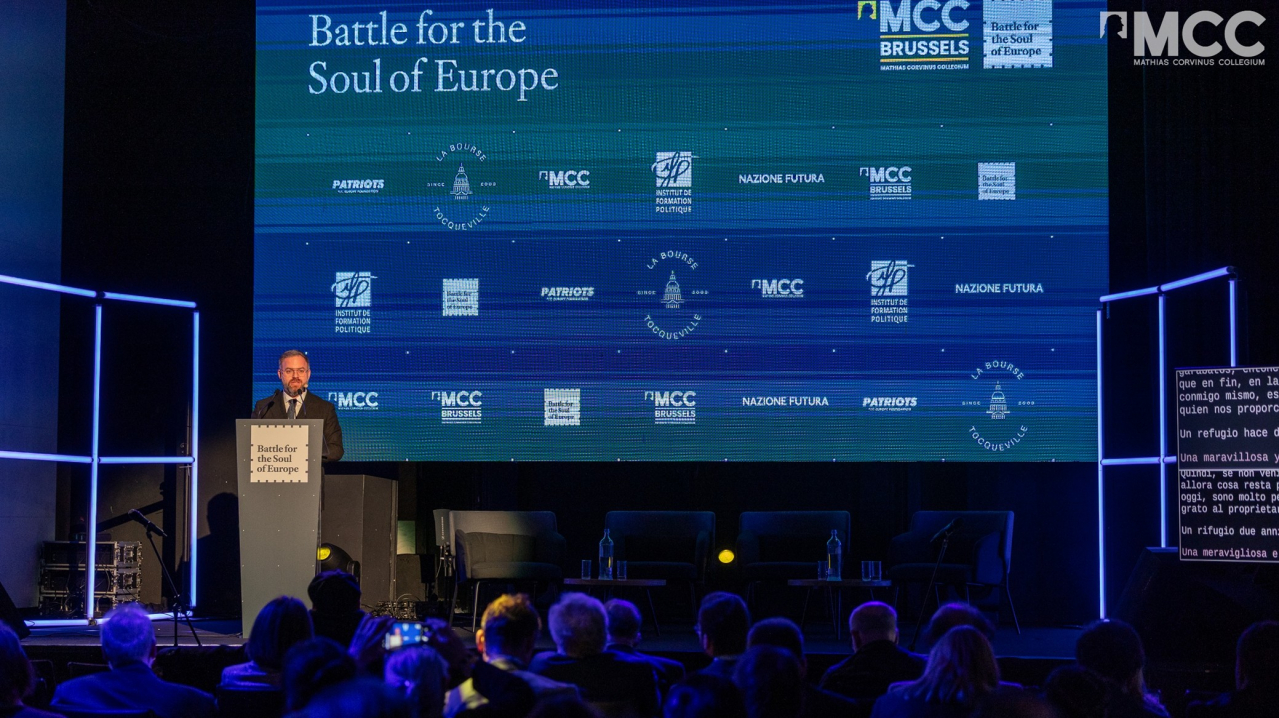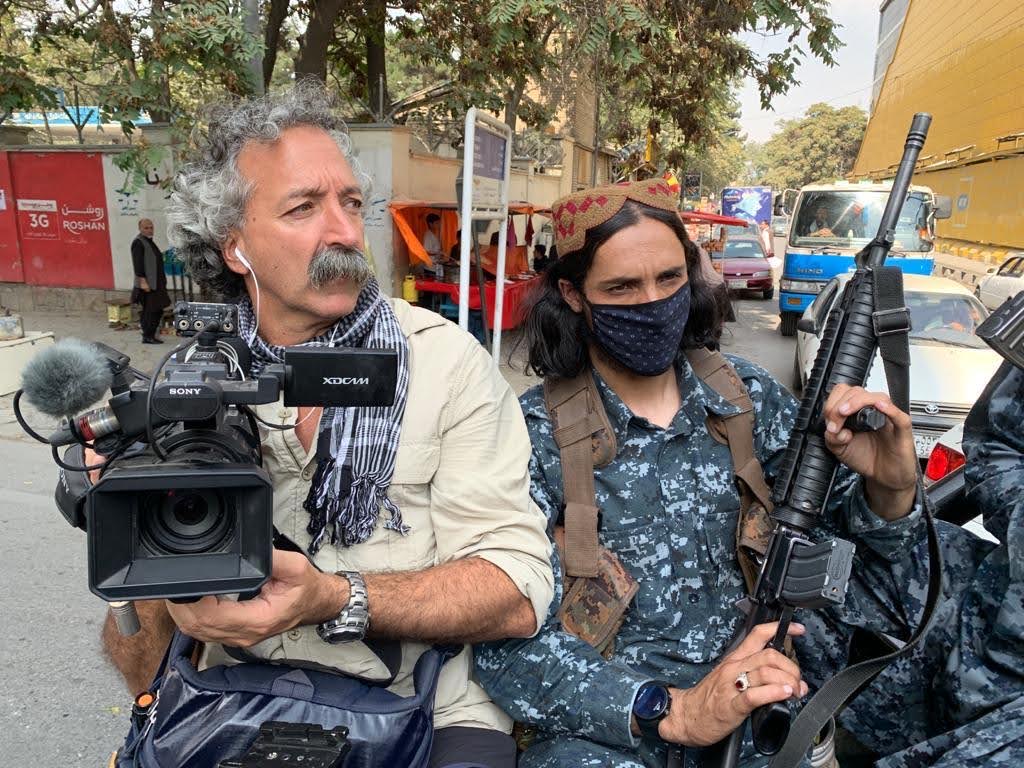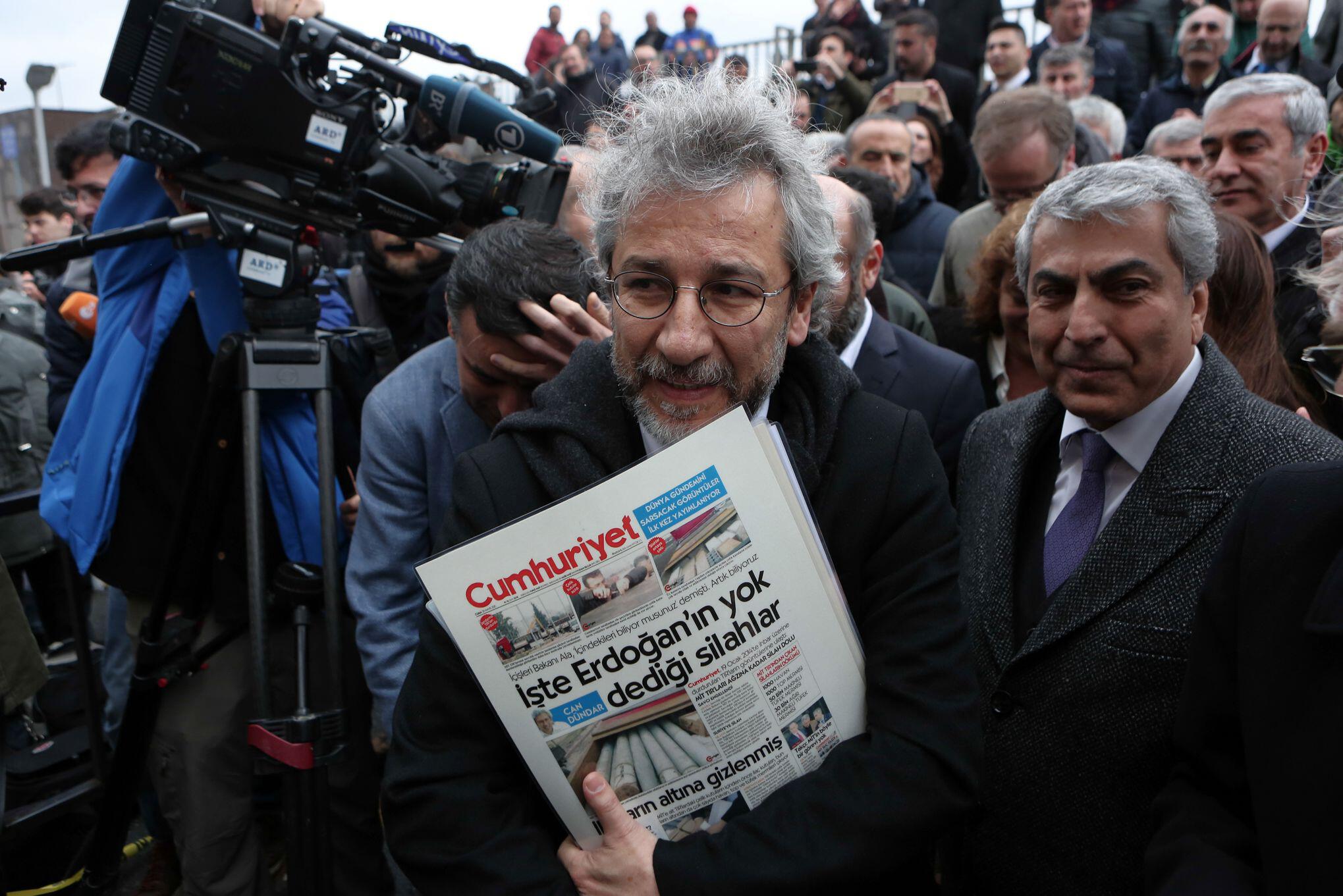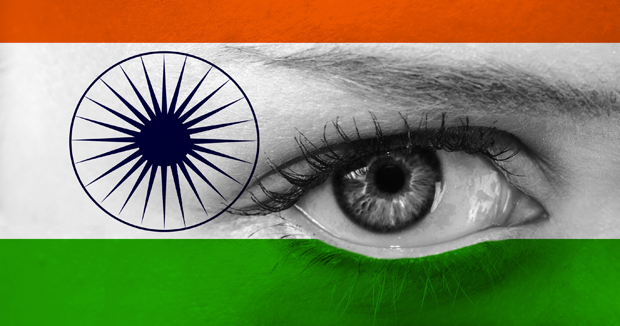
(Photo illustration: Shutterstock)
Indians, ever a chatty lot, are obsessed with the idea of being obsessed with social media. That is why, as the BJP’s stunning victory in the Indian general elections was declared, the news media immediately began to examine the impact of social media campaigning in the elections. Numbers aside, the victory over social media has revealed the fault lines of Indian society as it stands today.
India’s online population is small as compared to its offline population – about 213 million users to 1.2 billion people – but it is growing. Though these figures expand and contract depending on whom you ask, we do know that 33 million are on Twitter and Facebook has hit the 100 million-user mark. Given these statistics, it is indeed impressive that India’s newest Prime Minister, Narendra Modi has 4.2 million followers on Twitter already. The would-be leader of opposition, Rahul Gandhi, whose party did not win enough seats to actually assume the seat as leader of the opposition in parliament, isn’t on Twitter. However, his party has an account, with about 181,000 followers. There are other political stars on social media, including individual members of various parties, and notably, members of the newly formed Aam Aadmi Party.
However, when asked the question: “who won the social media war” – because, to be sure, there was one – the answer can only really be Narendra Modi. In fact, his own campaign machinery was so well oiled that his personal profile overshadowed his party. “Ab ki baar, Modi Sarkar” (this time, a Modi government) was arguably the catchiest slogan on the campaign and it inspired many a joke, including a takeover of the nursery rhyme – “twinkle, twinkle, little star, ab ki baar, Modi sarkar!” And according to reports, the BJP was mentioned on Twitter, on average, about 30,000 times a day, with the Congress trailing behind at between 15,000-20,000. Modi’s victory tweet promising a better India after election results were declared was retweeted 69,872 times.
Truthfully, there is no way that social media could have supplanted the traditional route. Modi’s tireless campaigning – 437 rallies, 5,827 public interface events across 25 states that is a distance of 300,000km – is impressive. But, equally impressive was the BJP’s entire digital campaign effort; a “social media war room” that reportedly cost Rs 35 lakh (35,000 GBP), with 30 computers and about 50 volunteers, tracking activities across India’s 92,000 villages. And accounts from insiders, young professionals, many whom took sabbaticals from their jobs to participate in this campaign, talks of a breathless environment, where Facebook was used to crowdsource ideas for speeches, and ‘Mission 272’ (in terms of how many seats they were aiming to win) became a reality. In fact, many creative contributions from BJP’s supporters – videos, jingles, songs and poems – can be found on the website.
At the same time, social media has been very revealing about the state of the Indian majority. The tonality of political discourse over the internet, which was very polarized between the Hindu rightwingers and secularists saw vicious language, trolling and hate speech dotting the landscape. However, the Hindu right, abused as communal in the time of the Congress government have emerged victorious and unapologetic about their political leanings. In public groups on Google Plus, cyber Hindus declare that a “pro Hindu lobby is not an option, but a sheer necessity.” In fact, the ‘liberal’ discourse that sweeps much of the mainstream English media was taken aback at the sweeping victory that the BJP has earned in this election. There is nervousness that the BJP, supported and guided by the RSS – Rashtriya Swayamsevak Sangh—a right-wing, nationalist group espousing strict discipline, martial training and self sacrifice in defence of the Motherland, often derided for being extremist – will work towards a majoritarian agenda where minorities will find less space to exist. These fears are compounded by the RSS’s beliefs – formalized in annual reports – that seek to impose a strict moral code that frowns upon live-in relations, homosexuality and also keeping an eye on minority communities. The RSS has being heartened by educated Indians joining their cause via social media, thereby signaling that their views might no longer be frowned upon as extreme or communal. They do not want to apologize for representing the view of the Hindu right.
And on cue, Narendra Modi, in a rousing speech formally accepting his role as the leader of the majority party in Parliament, promised his fellow BJP MPs that by the birth anniversary of Pandit Deendayal Upadhyaya in 2016, co-founder of the Bharitiya Jan Sangh that later became the BJP as known today, India shall rise to its promise of being a great nation. Tying down his campaign promises to his deep association with the RSS, the signal is clear. Indeed, Atal Bihari Vajpayee, the former Prime Minister, had affirmed proudly that “the Sangh is my soul”. The Hindu is back in Hindustan (another name for India).
An analysis in India Today magazine has declared the Indian cybersphere ‘saffron’ (the color associated with the Hindu right) writing, “But their agenda is a mix of post-modern and traditional. They oppose dynasty politics, particularly the Nehru-Gandhi clan and its allies such as Shiv Sena. They call minority appeasement ‘pseudo-secularism’ with such fervour that their sentiment could easily be interpreted as Hindu supremacist or anti-Muslim. They are against lower-caste reservation, particularly because it is poorly implemented. They are concerned about internal security. But above all, they are against corruption.” In deconstructing the ways of the Hindu saffron social media user, the article offers certain clues, such as the words “proud”, “patriot” and “Hindu” appearing in their bios, and often uploading images of Hindu gods as their display picture.
The people have spoken. The media is filled with analysis that people have either embraced Modi for his Hindu leanings, or ignored them in order realize the dream of “development” that is has promised to deliver. The number of Muslim MPs in parliament is down to 21 from 30 in the last session, the lowest number since India’s first elections. The Congress and its allies, who built careers on carefully constructed platforms of secularism – in their first term, they had a Muslim President, Sikh Prime Minister and Christian leader of the party – have been set aside in favour of a openly religious and Hindu BJP. Whatever be the reasons for the vote, for the everyday people tweeting and Facebooking, it appears that being pro-Hindu is slowly being disassociated with being communal. For many, this is a relief.
It seems it might finally be hip to be Hindu.
This article was posted on May 21, 2014 at indexoncensorship.org

